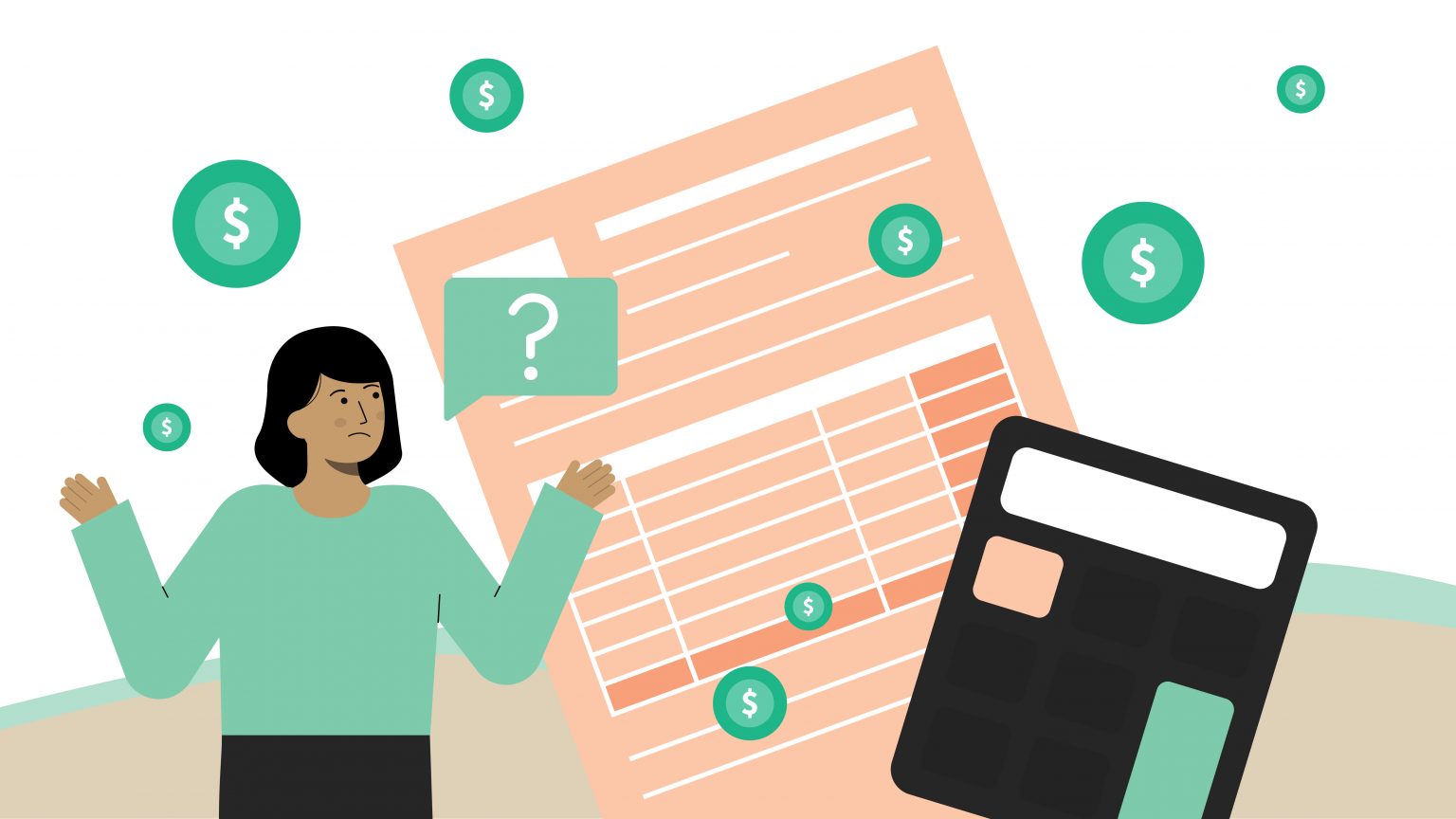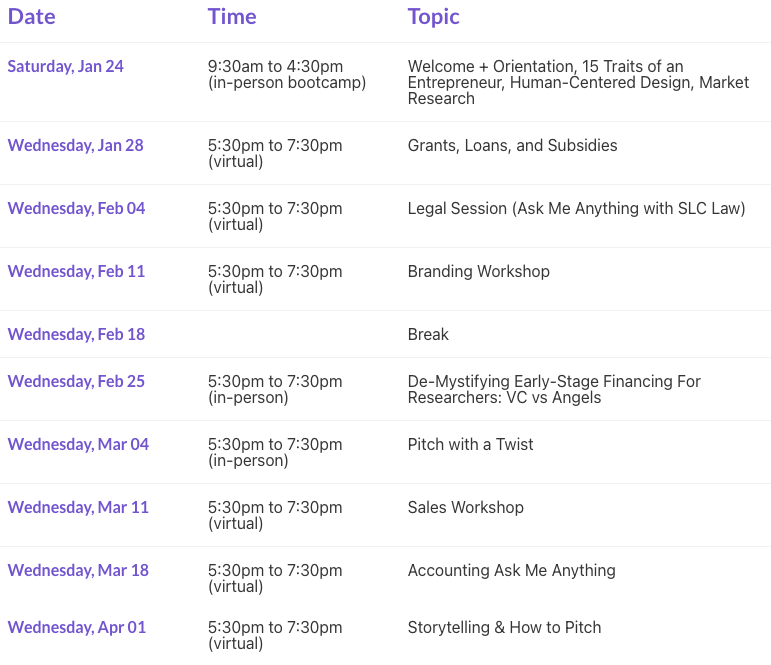Tax season for entrepreneurs with their own business can look different case by case. Whether you are a sole proprietor, or have incorporated your business, you will have to file the income/losses associated with your business for tax purposes. These articles will explain how you are taxed on your income from your business, which expenses are and are not deductible for tax purposes, and go a bit in depth on more specific topics.
As mentioned in the previous article, in order to get to your tax payable there are a couple of reductions and refundables that must be used on your taxable income after applying the federal tax (38%) and the federal abatement (10%). Your net income for tax purposes is split into 5 groups: ABI, SIB, TCG, PSB and dividends. They are mostly treated in different ways.
| Income Group | Description | Tax Treatment |
| Active Business Income (ABI) | Income generated by business conducted by the corporation other than SIB or PSBIncludes property income (interest, royalties, rents, etc.) closely related to business activities | Small Business DeductionOnly available to CCPCsReduces the federal tax rate on the first $500,000 of ABI by 19%38%-10%-19%=9% |
| Specified Investment Business (SIB) income | Income generated by business that’s primary purpose is to earn passive property incomeincludes interest, rents, royalties, and dividends from non-affiliated foreign corporationsAny dividends you have that are from a Canadian corporation or a foreign affiliate (a foreign corporation that you have more than 10% shares in) are not included in this incomeKeep in mind two exceptions to SIB income:Rental income that you earn from leasing movable property, such as vehicles, is considered to be ABIOther property income is considered ABI if your corporation employs more than 5 full time employees to generate that income | Special Refundable TaxYou must pay a tax of 10 ⅔% on the incomeThe tax is fully refundable when your corporation pays out dividends |
| Taxable Capital Gains (TCG) | Taxable capital gains in excess of allowable capital losses | Special Refundable TaxYou must pay a tax of 10 ⅔% on the incomeThe tax is fully refundable when your corporation pays out dividendsTax treatment is similar to SIB income |
| Personal Service Business (PSB) Income | Income generated by business that provides services, in which the person providing the services is a specified shareholder of the corporation, and the relationship between the person and the entity receiving the service is of an employment natureExclusion:Income received from an associated corporationIncome earned by a corporation that employs more than 5 full time employees | Faces significant restrictions on deductionsAdditional 5% added to take rate38%-10%+5%=33% |
| Dividends | Taxable Canadian dividends received by your CCPC | Subject to Part IV tax, which will be covered in another article |
Something to note is that taxable capital gains and SIB are treated the same way tax wise. You can add the two together and subtract any net capital loss you claim in the current year to get to your Aggregate Investment Income (AII) which will be used in the next article to find your full tax payable.
The next article will cover the overall calculation of your tax payable for your CCPC.
Resources
Buckwold, William, et al. Canadian Income Taxation, 2021/2022. McGraw-Hill Education, 2021.


